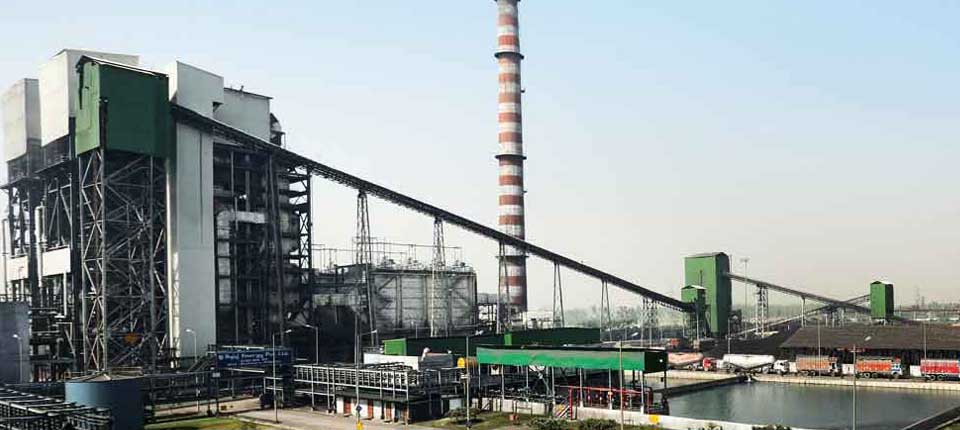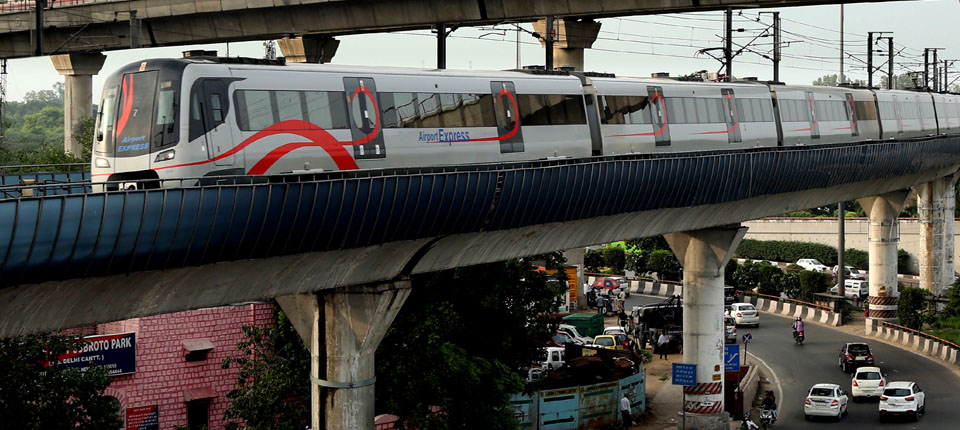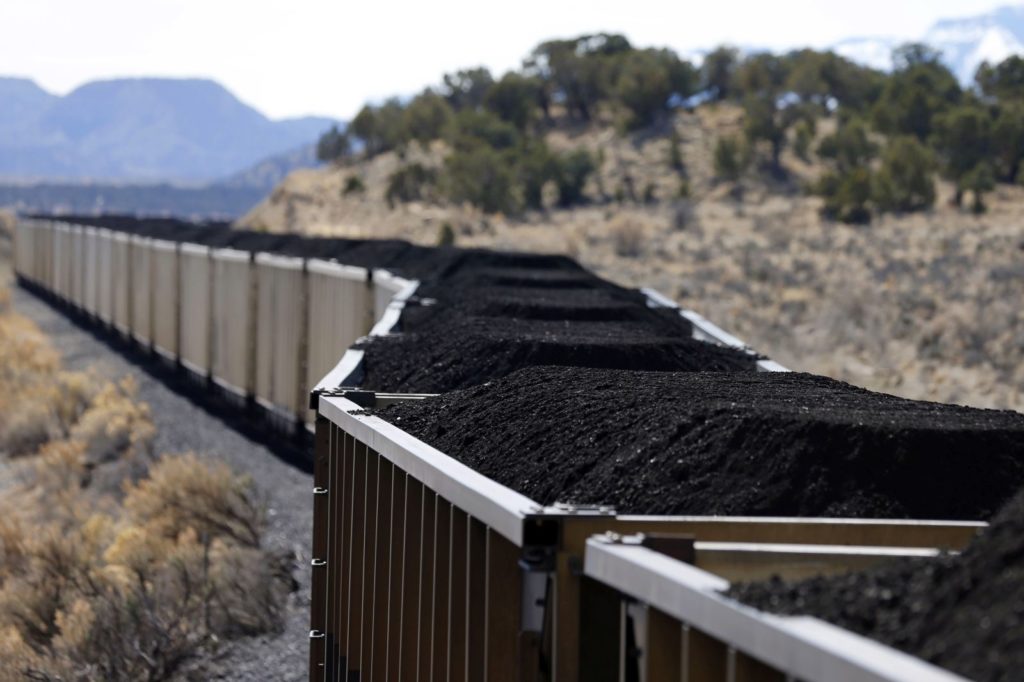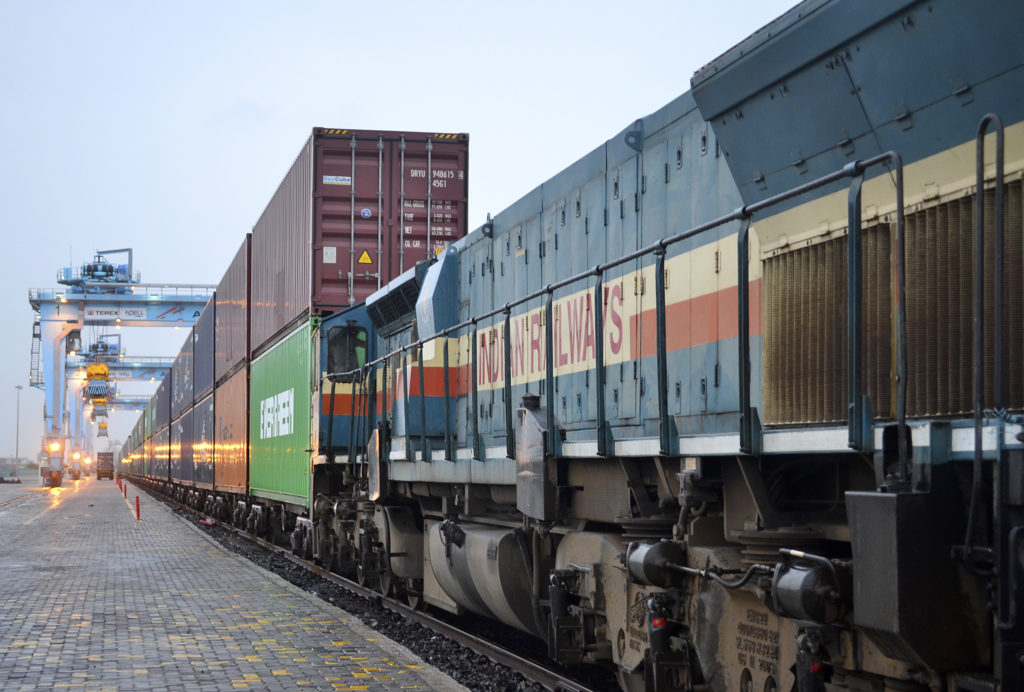
 Mr. Ajit Singh
Mr. Ajit Singh
Advisor – Railways to Bajaj Power Ventures Pvt. Ltd.
Working as the railways advisor to Bajaj Power Ventures Pvt. Ltd., one of the top 3 power producers in India. Prior to that, he spent 6 years as the corporate transportation consultant to Tata Steel, the world’s second most diversified steel producer.
With over 3 decades’ high-level and in-depth experience, his key strengths include executive, strategic planning and implementation of large-scale rail and transit operations and logistics.
INTERVIEW with Mr. Ajit Singh
Rail Analysis India : Tell us more about the role of Bajaj Group (Power Division) in Indian railway sector ?
Mr. Ajit Singh : There is a crucial relationship between the Indian Railways and the Bajaj Group (Power Division). This Group as you may be aware is a relatively new entrant in the power sector of the country.
“ In 2012 the group commissioned 5 new coal based thermal generating units in the vicinity of its 5 existing sugar plants. These were at Barkhera (Pilibhit), Maqsoodapur (Shahjahanpur), Khambarkhera (Lakhimpur), Kundarkhi (Gonda), Utraula (Balrampur) – all of them located in the state of Uttar Pradesh. “
In addition to these smaller power plants the group commissioned a new state of the art power plant having an installed capacity of 1980 MW. Thus the total installed capacity works out to 2430 MW.
All these plants require huge quantities of coal to generate electricity and this is where the Railways are required to play a crucial role by transporting coal from the coalfields of the Northern coal fields (NCL) located in the Singrauli area as well as the mines belonging to the Central Coalfields Ltd. (CCL) located in Jharkhand state. A lesser quantity of coal is also moved from Western Coalfields to the Lalitpur unit.
The coal required for these units has to be moved by rail over significant distances. For example, coal to the 5 smaller generating units located in Uttar Pradesh is sourced from Central Coalfields located in Jharkhand and the average distance by rail to two terminals that serve these units is about 792 km.
For the Lalitpur unit the distances from NCL and CCL coalfields would average about 1000 (+) km. Coal loaded from CCL is routed via very congested routes of the Indian railways which presents considerable logistics challenges and at times threatens the security of programmed supplies to the plant.

( Power Generation Plants – UP )
Rail Analysis India : On which major railway projects have you worked till now and currently doing with Indian Railways ?
Mr. Ajit Singh : In India in the recent past I have worked on the following projects –
1. In 2009 -10, I worked briefly on the Kolkata East West Metro line. This is an ‘on going’ project being constructed to provide metro services between Howrah Maidan and Salt Lake, Sector V. A portion of this alignment is being built under the river Hooghly in order to connect Howrah and Kolkata cities. My role was to do a pilot study in order to project passenger demand on the proposed line.
2. The Delhi Airport Express Line, which is a 22.7 km metro line linking New Delhi Airport to New Delhi Railway Station. The project was commissioned in February 2011. My specific role was to commission this line from an operations perspective.

( Delhi Airport Express Line )
3. Later as an advisor to Tata Steel my role was to guide the company in the design and construction of 3 major rail projects which were essential in meeting additional traffic requirements that would be needed to support its expansion program at its steel plant in Jamshedpur. At the time the company was expanding from a production capacity of 8 tons of steel production per annum to 10 million tons per annum. Steel production via the coking coal method requires roughly 1.6 times the amount of raw materials for the quantum of steel that needs to be produced.
So for a 10 MT plant the requirement works out to 16 MT of raw materials that would be needed to be fed to the plant – roughly 24 trains per day consisting of iron ore, coal, limestone and other fluxes.
Since the existing system of receiving, handling and dispatching trains inside the Tata Steel complex would be inadequate to handle this load a new reception yard and 3 new handling facilities in the form of 3 new tipplers – each capable of emptying 24 wagons per hour and a new hopper unloading facility capable of unloading a full rake of 55/56 BOBSN wagons (side discharge wagons) in a little over an hour was needed to be built. Further a new iron ore loading facility was built at Joda to facilitate speedy loading of iron ore from its iron ore mines and the existing Railway siding at Noamundi for loading of iron ore had to be remodelled and new rapid loading systems installed.

( Transportation of Coal to Individual Plants )
Additionally, between 2001 and 2010, I was associated with the Operations Planning Department of the New York City Transit Authority where my role was to assist design and construction teams from an operations planning perspective in terms of track access and scheduling. Important projects that I worked on at the transit authority were signal modernization projects, tunnel and structure rehabilitation projects and a host of other projects having to do with metro rail infrastructure. Prior to this I was working for the Indian Railways.
Rail Analysis India : How does your company plan to meet the increasing demand of the cost effective power requirement in the Indian rail industry ?
Mr. Ajit Singh : Bajaj (Power Division) moves its entire coal requirements via rail. The logistics costs are enormous. Savings in this activity is possible. For instance, coal companies will need to provide coal as per the stated grade and quality. This does not happen often. The current process of sampling and determining the grade of coal to be transported to the power plants is yet to attain the required standards it should with the result that at times the power company is having to transport inferior quality coal by rail at considerable costs thereby leading to increased costs in transportation as well as power generation.
The five smaller generating units in UP are served by rail terminals which are located at distances between 50 to 90 km. approx. from these plants. This implies that once the coal trains reach these terminals they are unloaded and the coal is then transported by road to the individual plants. This entails additional logistics costs.

( Thermal Power Plant )
“ The company is looking into this problem and it is expected that with some new terminals coming up on the North Eastern Railway system as a result of recent gauge conversions, it would be possible for the company to reduce road distances and overall landed costs of coal at these plants. “
Rail Analysis India : How can electrification of entire rail network make the Indian Railways environment friendly and efficient railways ?
Mr. Ajit Singh : Electric traction is more energy efficient than other modes of traction. Therefore, greater electrification of the Railway system will greatly reduce the energy requirements. This itself will lead to less consumption of energy to as compared to diesel traction and therefore as a mode of traction will prove to be more environment friendly.
Further any increase in oil prices is bound to impact the Indian economy adversely since we import most of our oil. Therefore, the sooner we switch to an economy which is less dependent on oil for its energy needs, more resources can be diverted to development including development of producing electricity through renewal sources of energy.
It is indeed hugely encouraging that the Railway Minister recently announced a policy decision to implement 100% electrification. However, the Minister should at the same time pass on the reduced costs of transportation due to increased electrification of routes to the consumer.
Thanks to decades of cross subsidization of passenger services, India’s freight rates are amongst one of the highest in the world. Even with such high freight costs the Railways are not able to guarantee timely arrival of shipments leading to substantial diversion of traffic to road which implies an even higher freight cost.
Reduced freight costs can give a huge fillip to manufacturing which will greatly help Indian manufacturing to compete in the International market. Rail links to Kathmandu and South East Asia will help sustain a market for Indian goods in this region. China is already constructing a rail link to Kathmandu.
Once this becomes a reality we will lose a substantial market for Indian products like steel, slag, cement and fertilizers to name but a few. At present this traffic moves via rail to Raxaul/ Birgunj and then via road to Nepal’s cities and towns in the hinterland. This is a cumbersome route which is saturated and has limited capacity hindering the free movement of export oriented goods.

( Freight Movement – Indian Railways )
I tried to get the Tata Steel Management to lobby with Government for a direct rail link to Kathmandu. The Tatas are an important stakeholder since they have a strong market for their steel and slag products.
Rail Analysis India : What are the possible opportunities that you can see in the upcoming rail & metro projects in India and what are your future plans to undertake it ?
Mr. Ajit Singh : The Government is rightly making significant investments in the Railways both through internal generation but primarily through borrowings from external agencies like the Life Insurance Corporation of India. The challenge will be to invest these funds wisely in capital projects which would give handsome returns. Project implementation should be ensured in order to avoid cost overruns. The recent track record of the Railways leaves a lot to be desired – the Dedicated Freight Corridor is a stark reminder of the Railways’ inability to complete projects in time. The Minister would do well to review the track record of Special Purpose Vehicles like the Rail Vikas Nigam Pvt. Ltd. which were set up for purposes of speedier project implementation but have been disappointing so far.

As far as metros are concerned just about every city is now demanding a metro service. So one can conclude that there is going to be a spurt in opportunities for anyone seeking opportunities in this field. Recently I believe the PM made an announcement regarding a policy formation and recommendation body which would advise the government on building metro services in the country.
However, while initiatives from the states and the Central Government are welcome ideally metro services should pay for themselves in the long run. The country should not be saddled with Metro services built at enormous costs but unsustainable financially.

